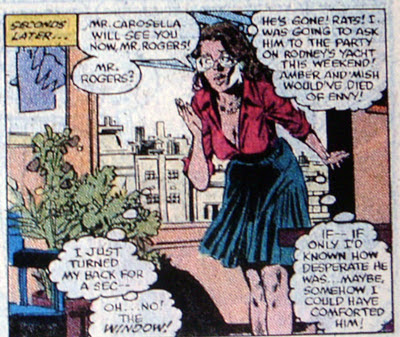Neon Genesis Evangelion: Death and Rebirth part two

If you want explanations of a sort that fill in the fast-flying edited story in Neon Genesis Evangelion: Death, the dvd extras go in-depth about terminology and the cast of characters, and that's the crux of what we'll discuss today. NEON GENESIS Event One in this storyline is the meteor onslaught of four billion years before, which massively transformed the Earth. Event Two struck on September 13, 2001, heralding the creation of Adam, a cosmic being in an embryonic form in Antarctica, from a place called White Moon. Its counterpart Lillith arises from Black Moon, in a mountain on the island of Japan. The Angels and EVA units make up the puzzle. Dr. Gendo Ikari, father of Shinji, Third Child (all EVA pilots are referred to as The Children), played a role in Event Two that’s gradually unveiled over the course of the movies. Adam and Lilith are the first two Angels, from a translation of the Japanese “shito” for “messenger” or “apostle,” as “angel” is from the Greek for ...














